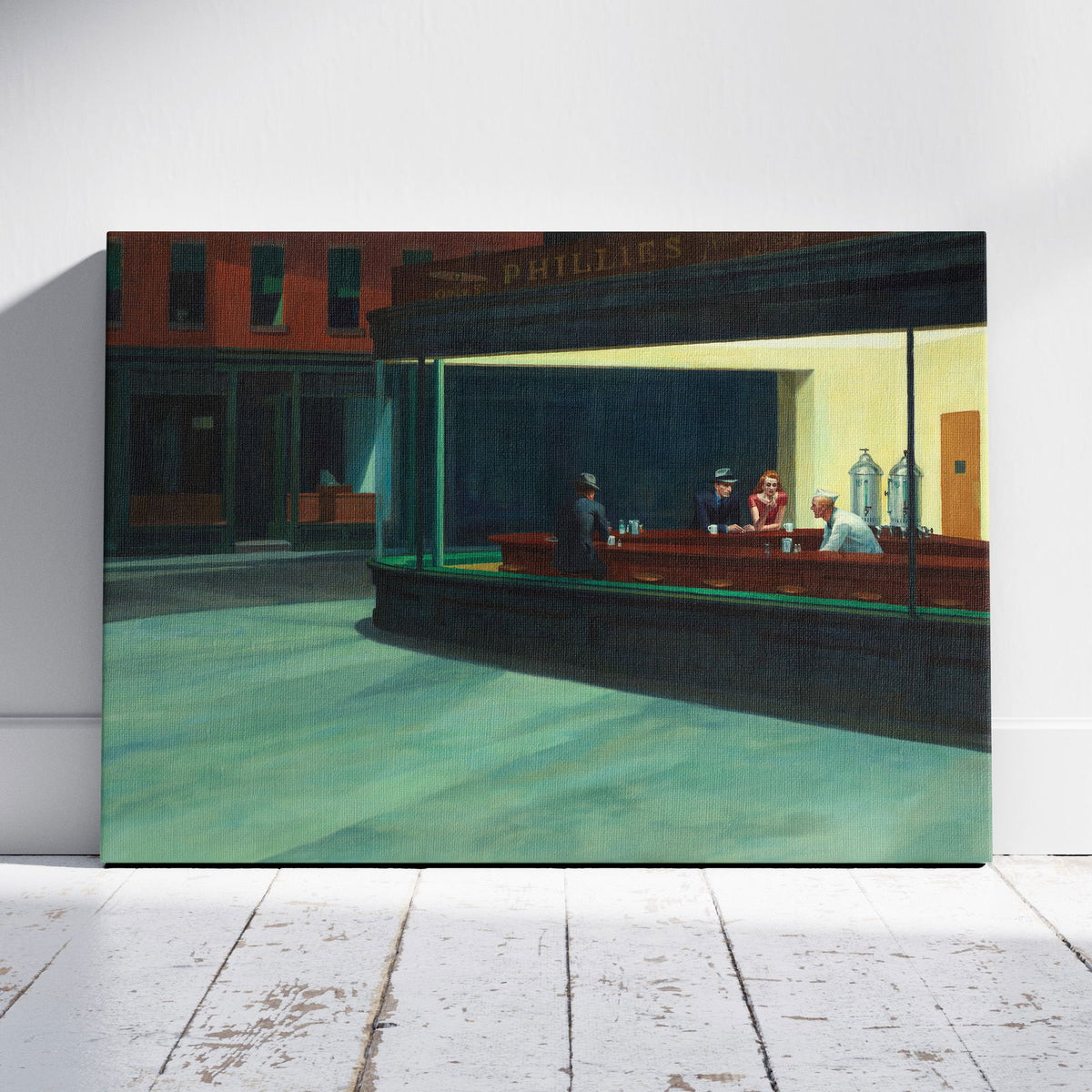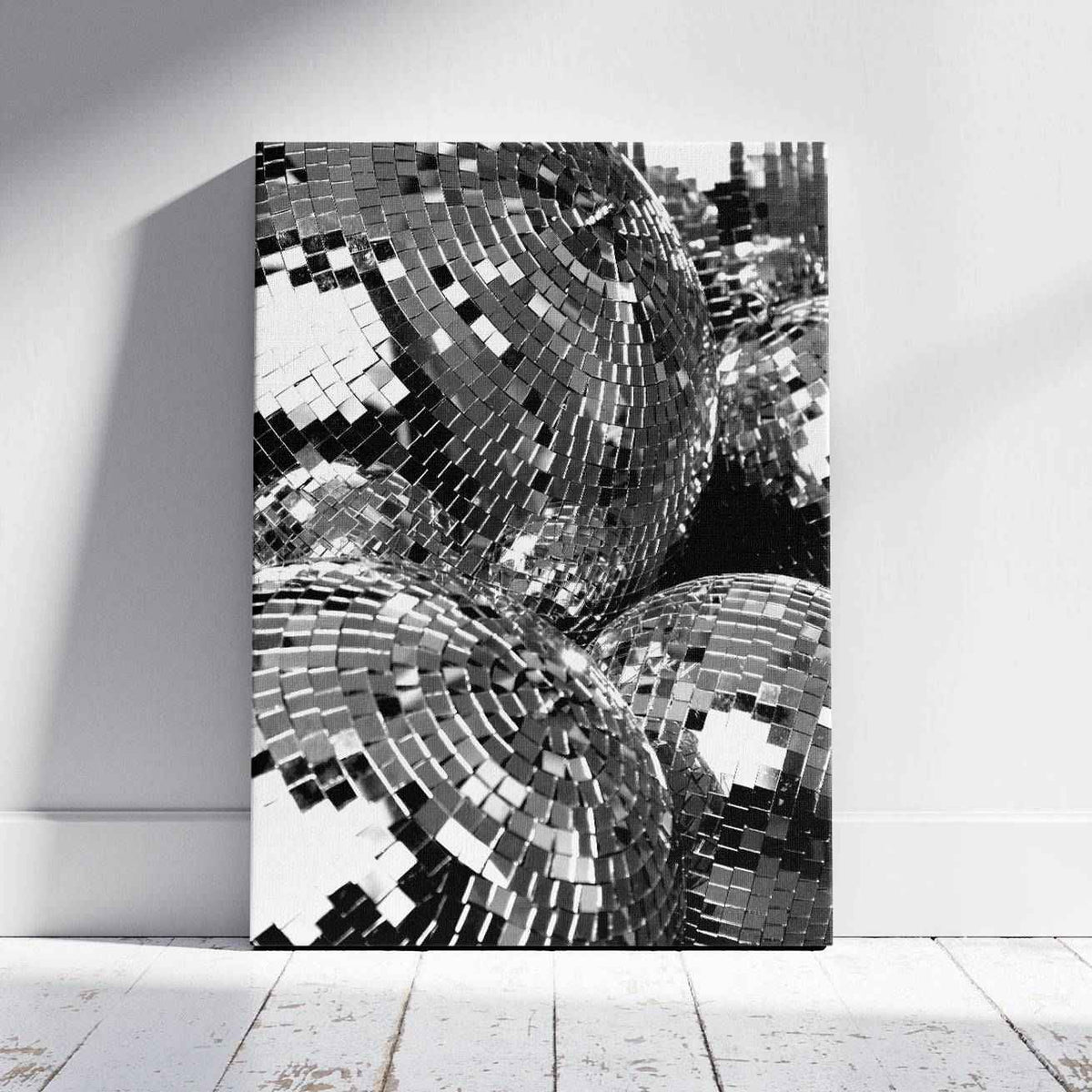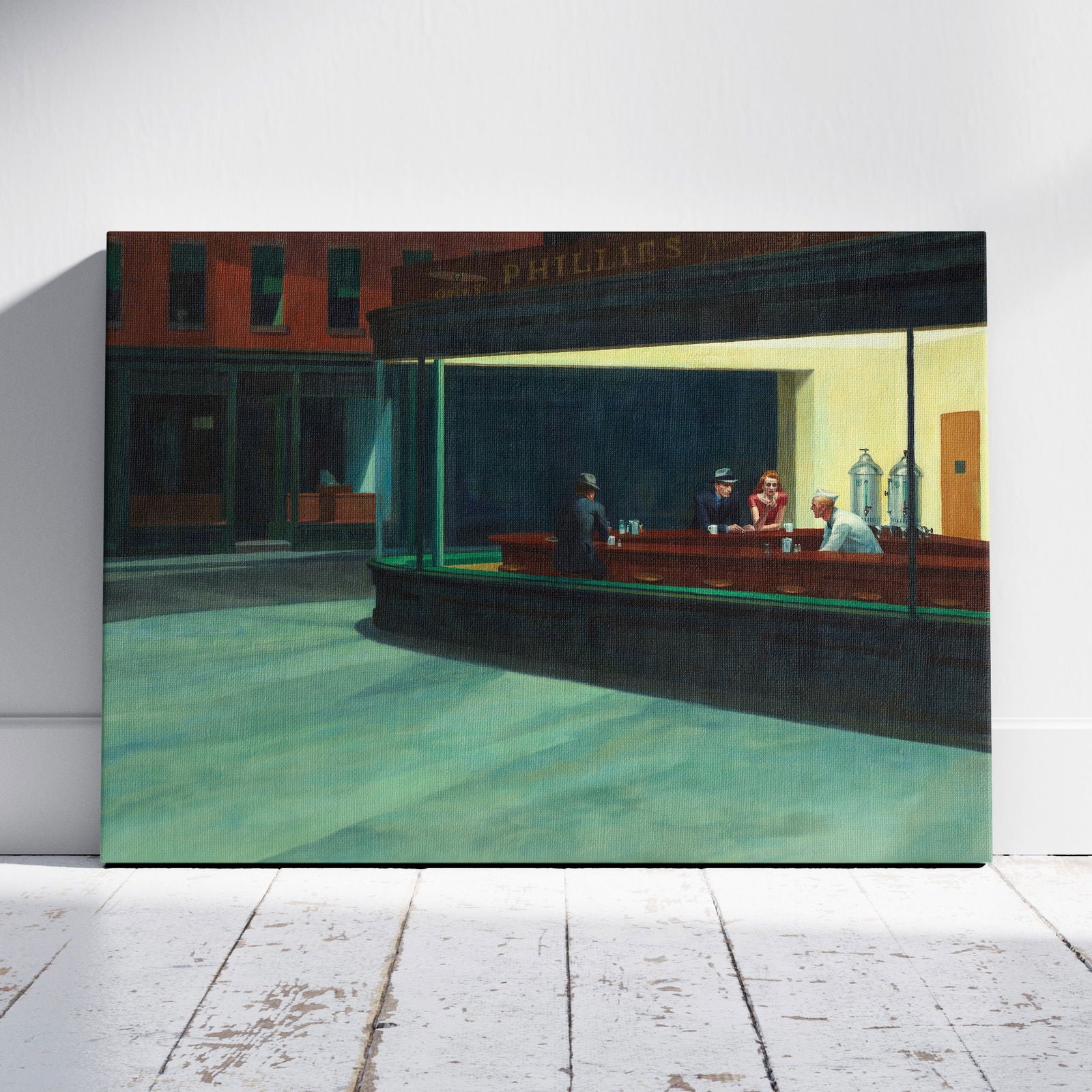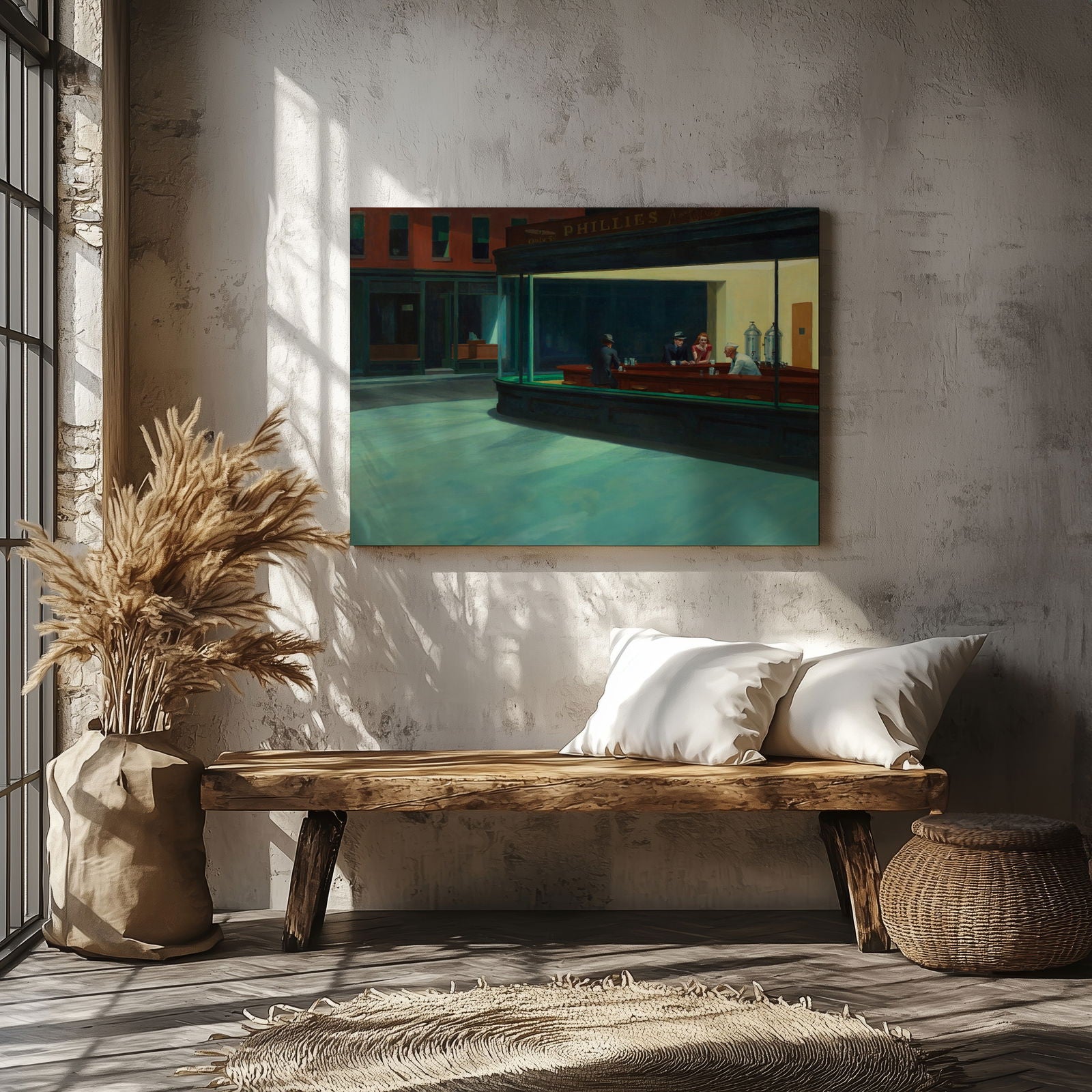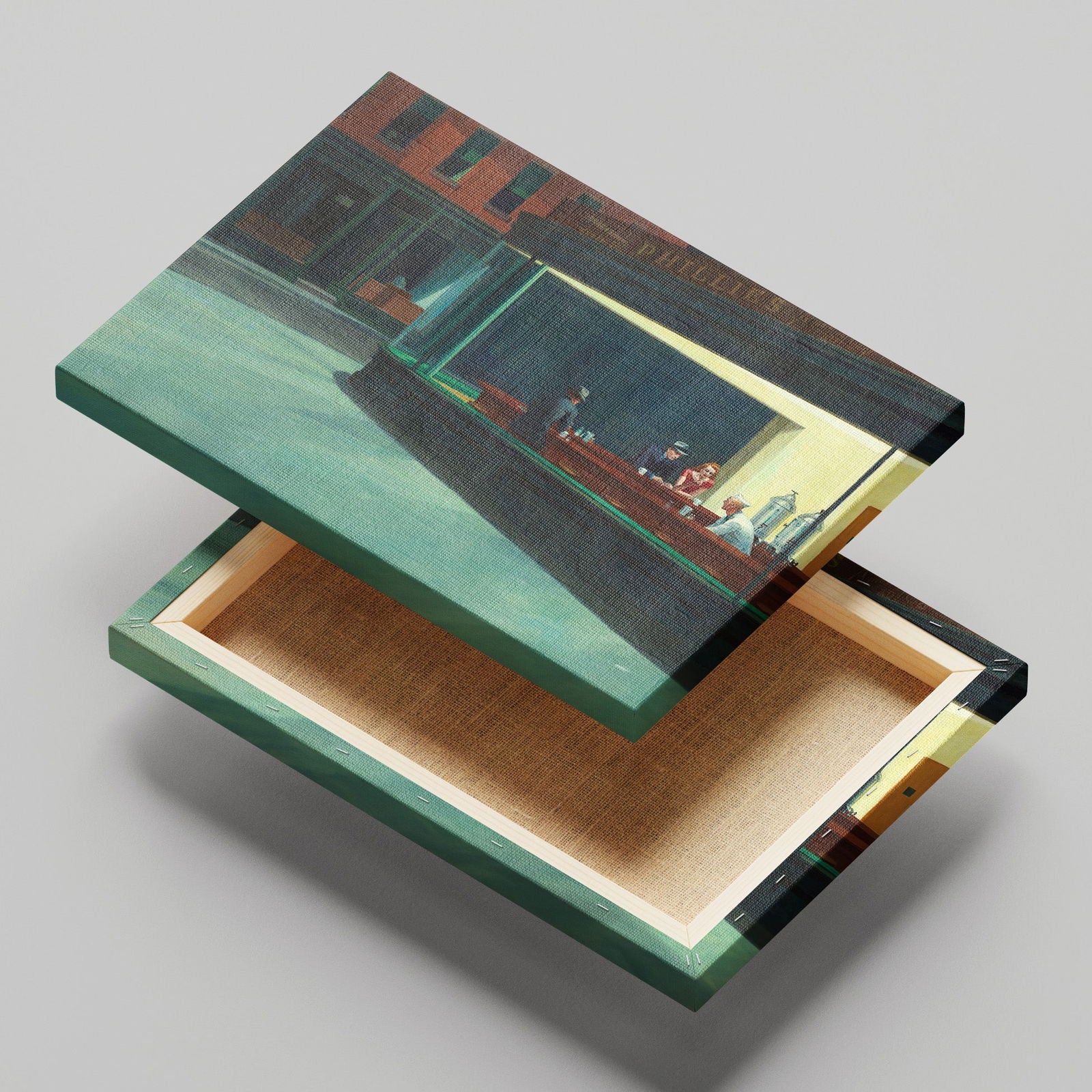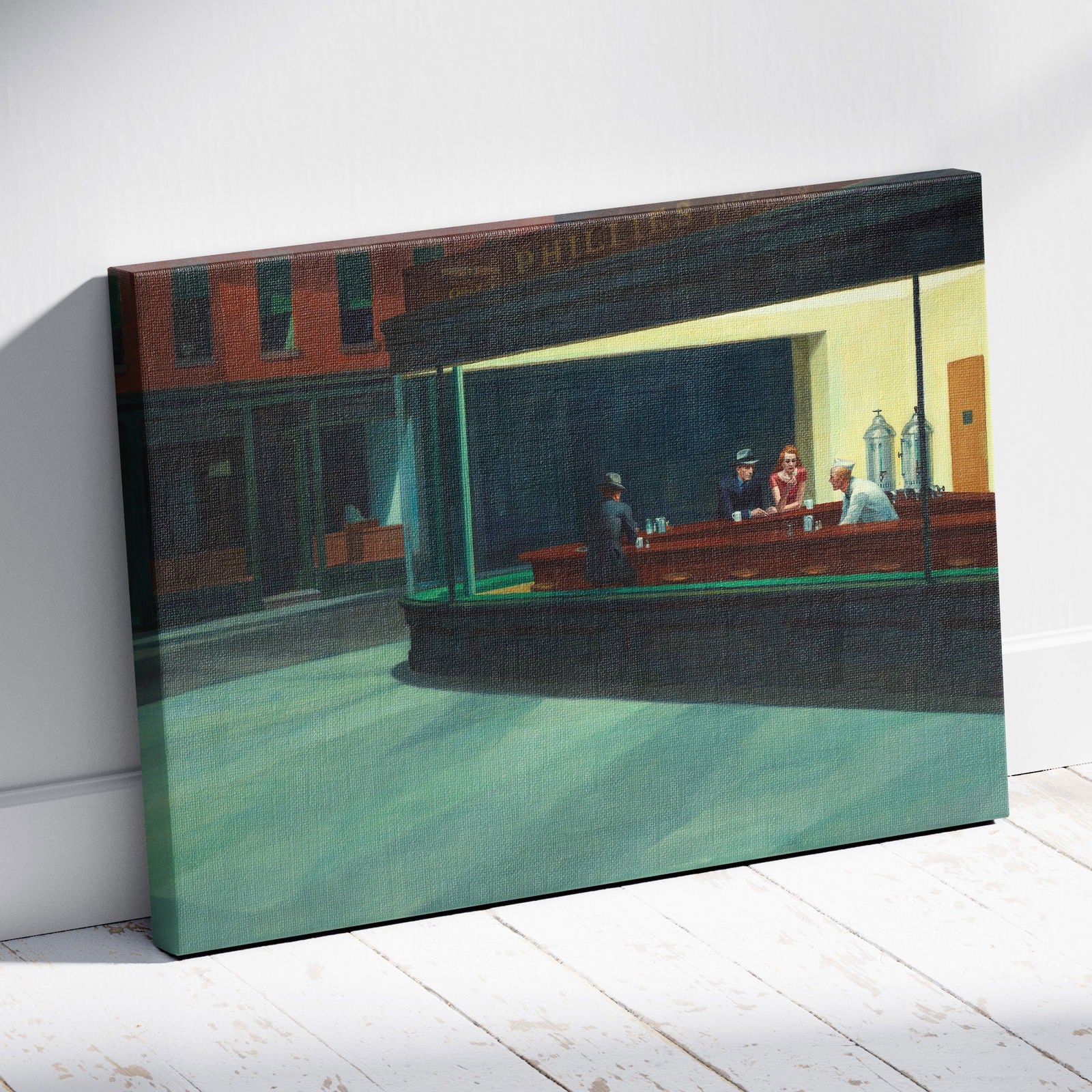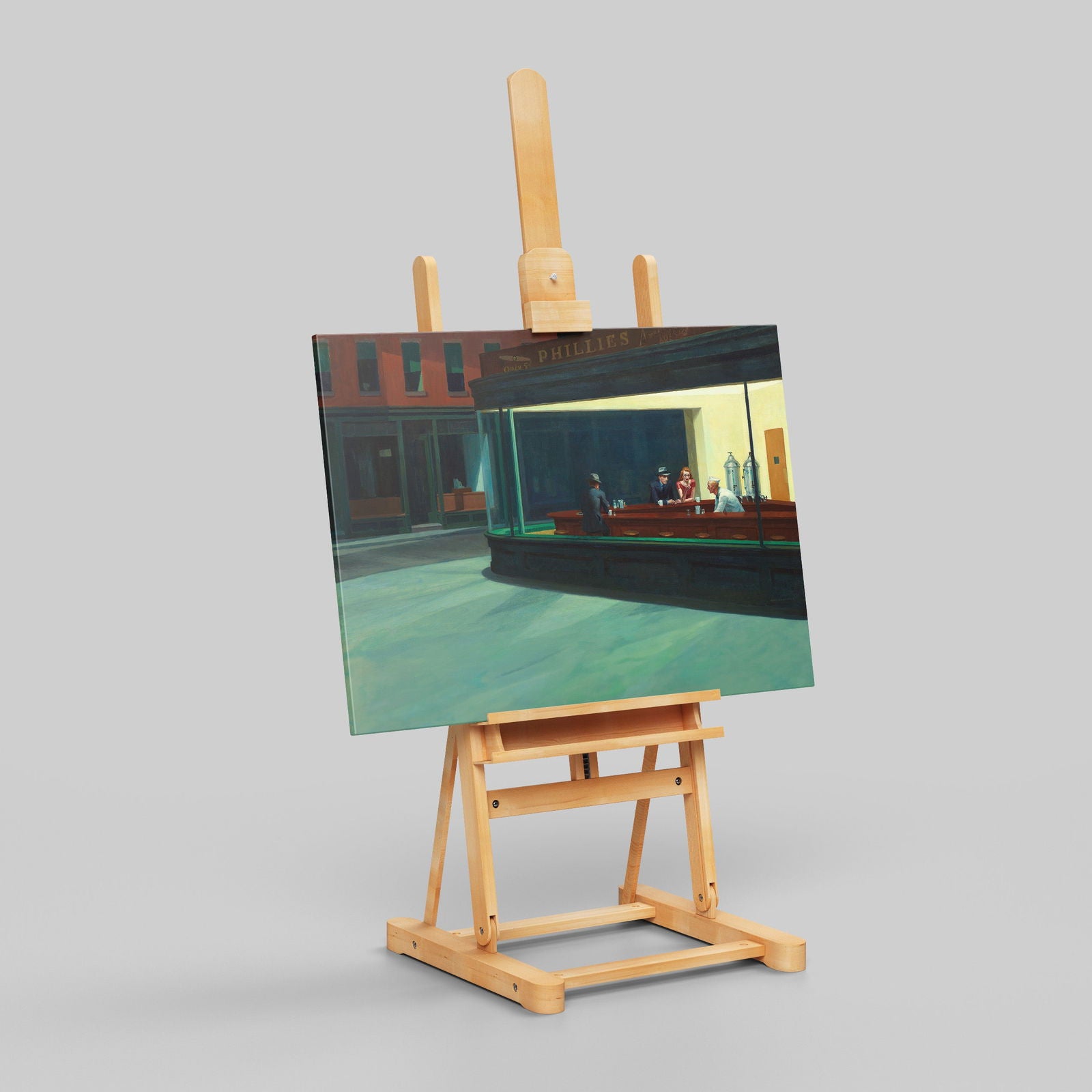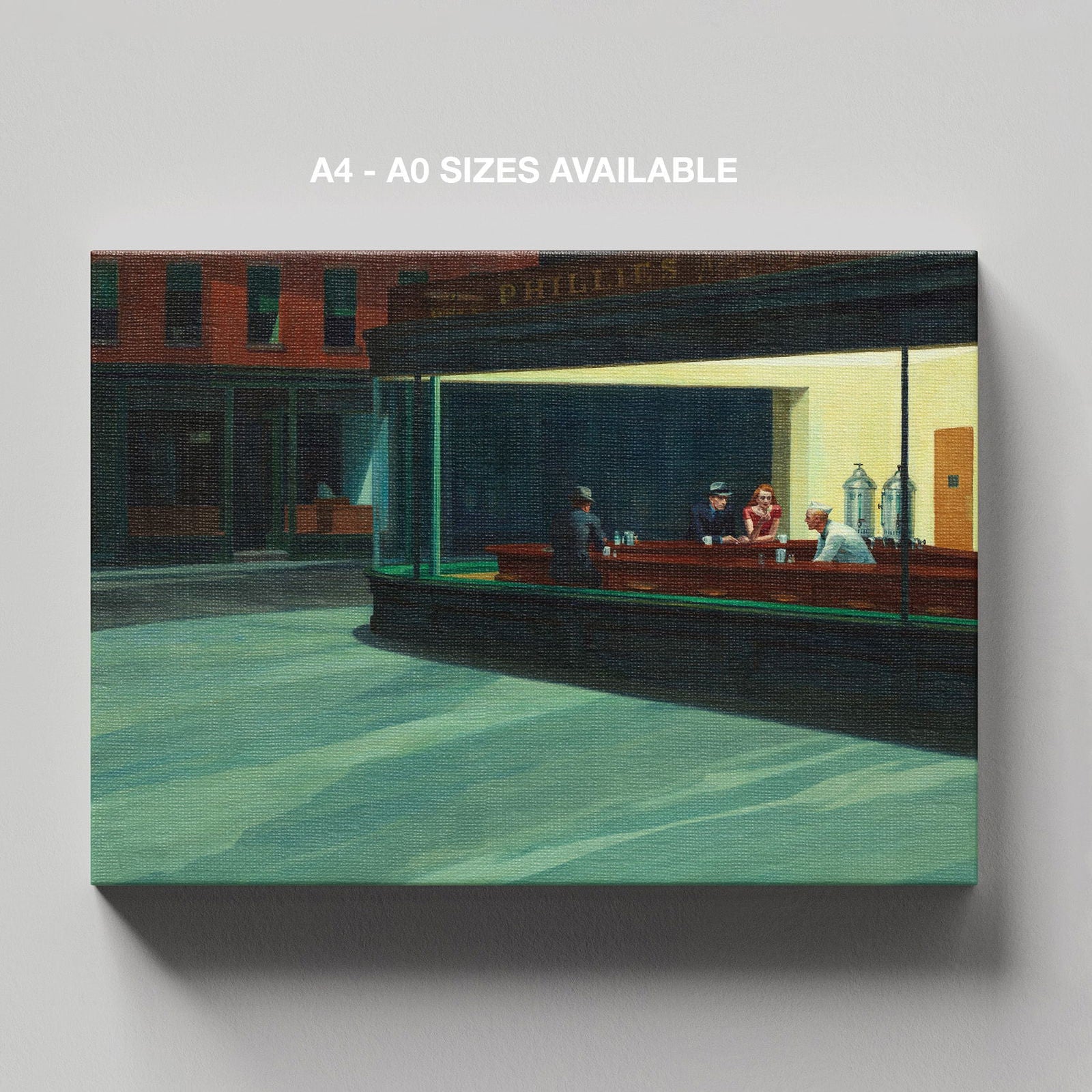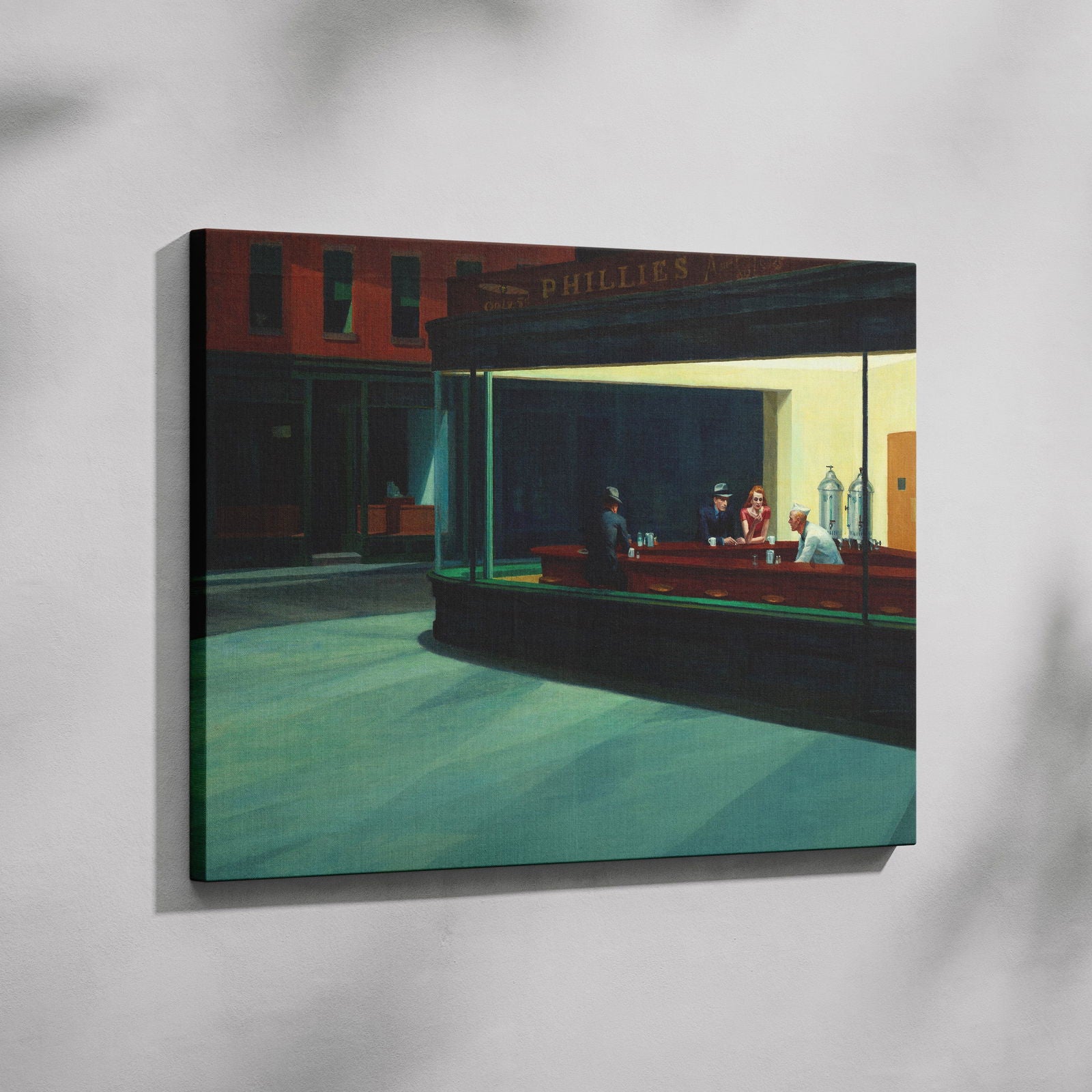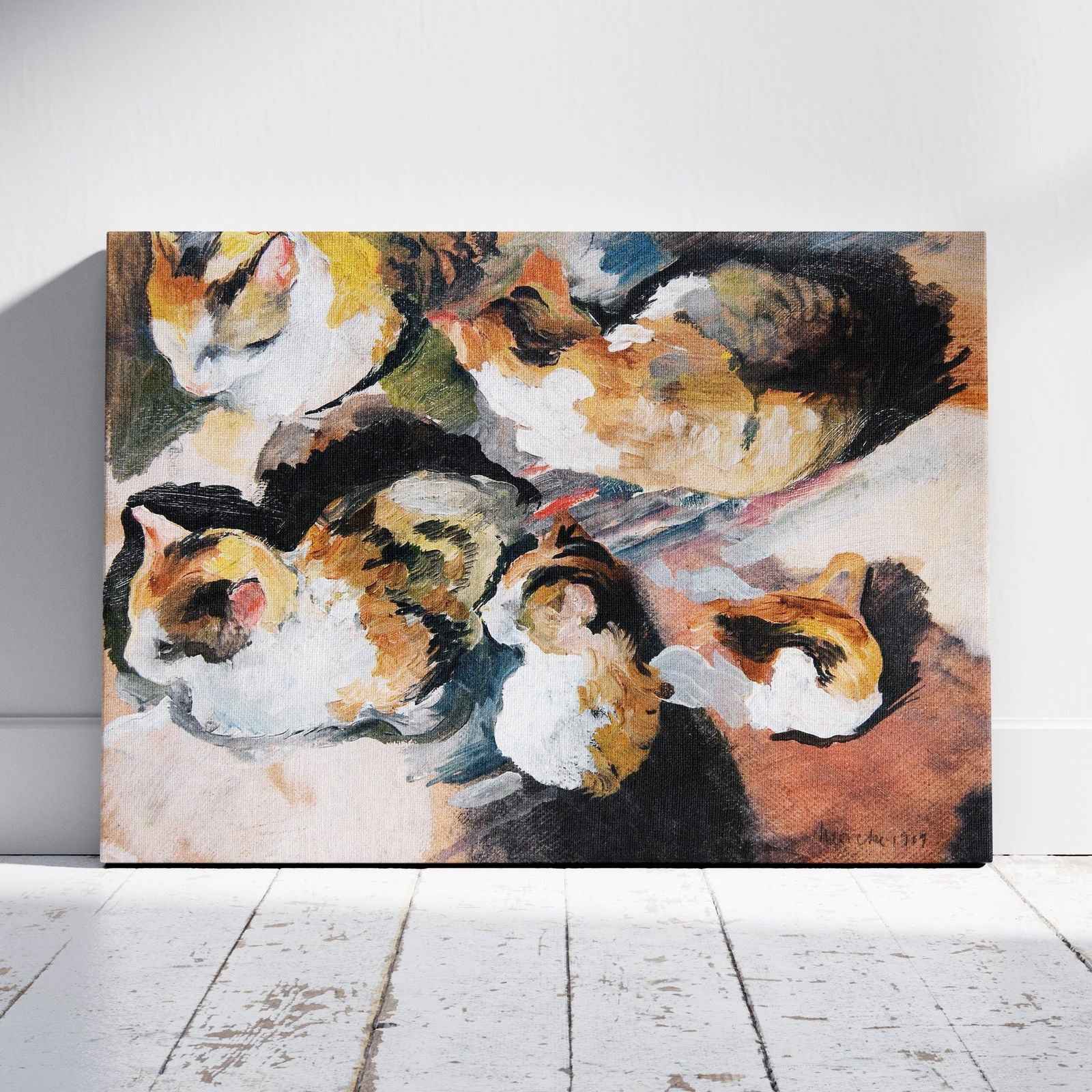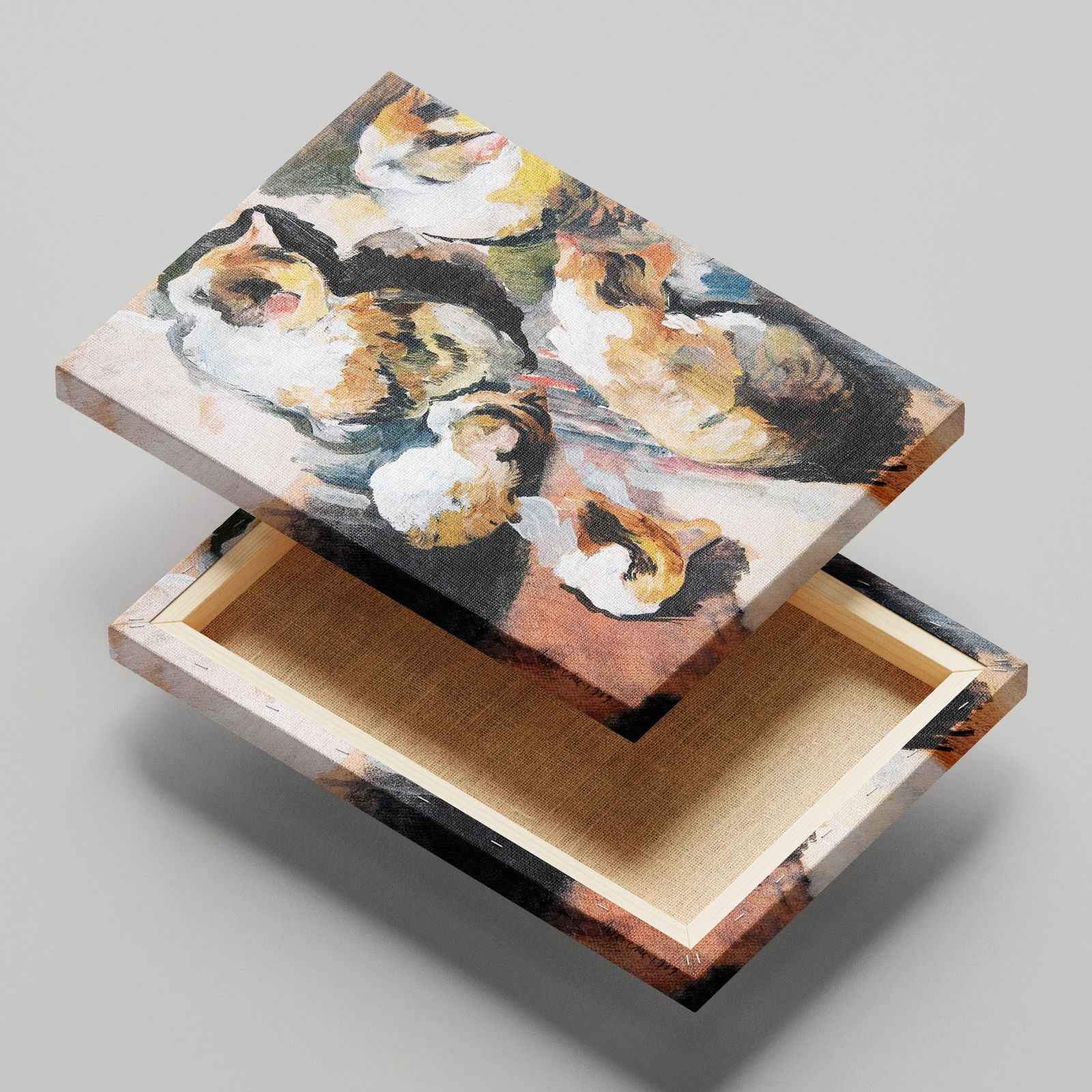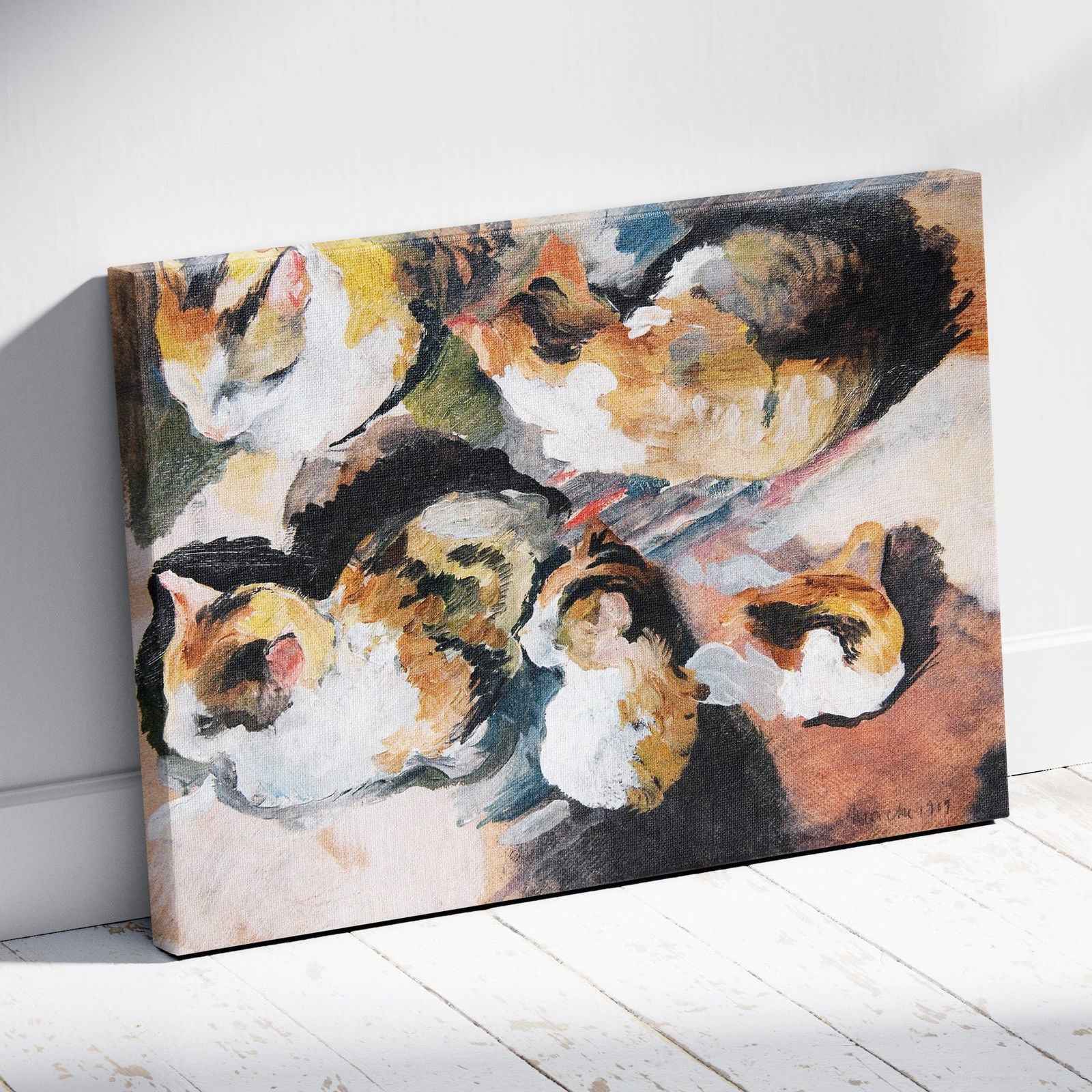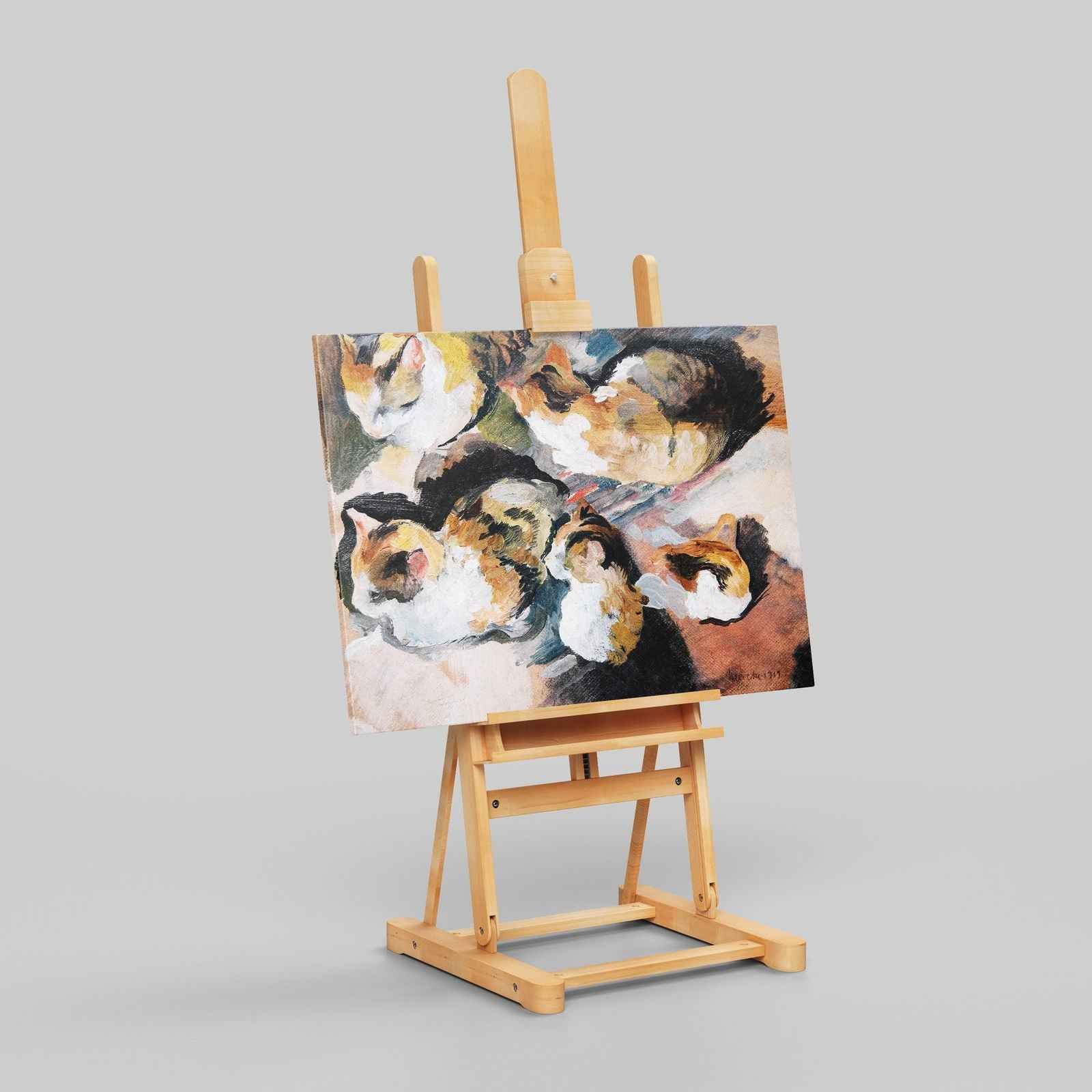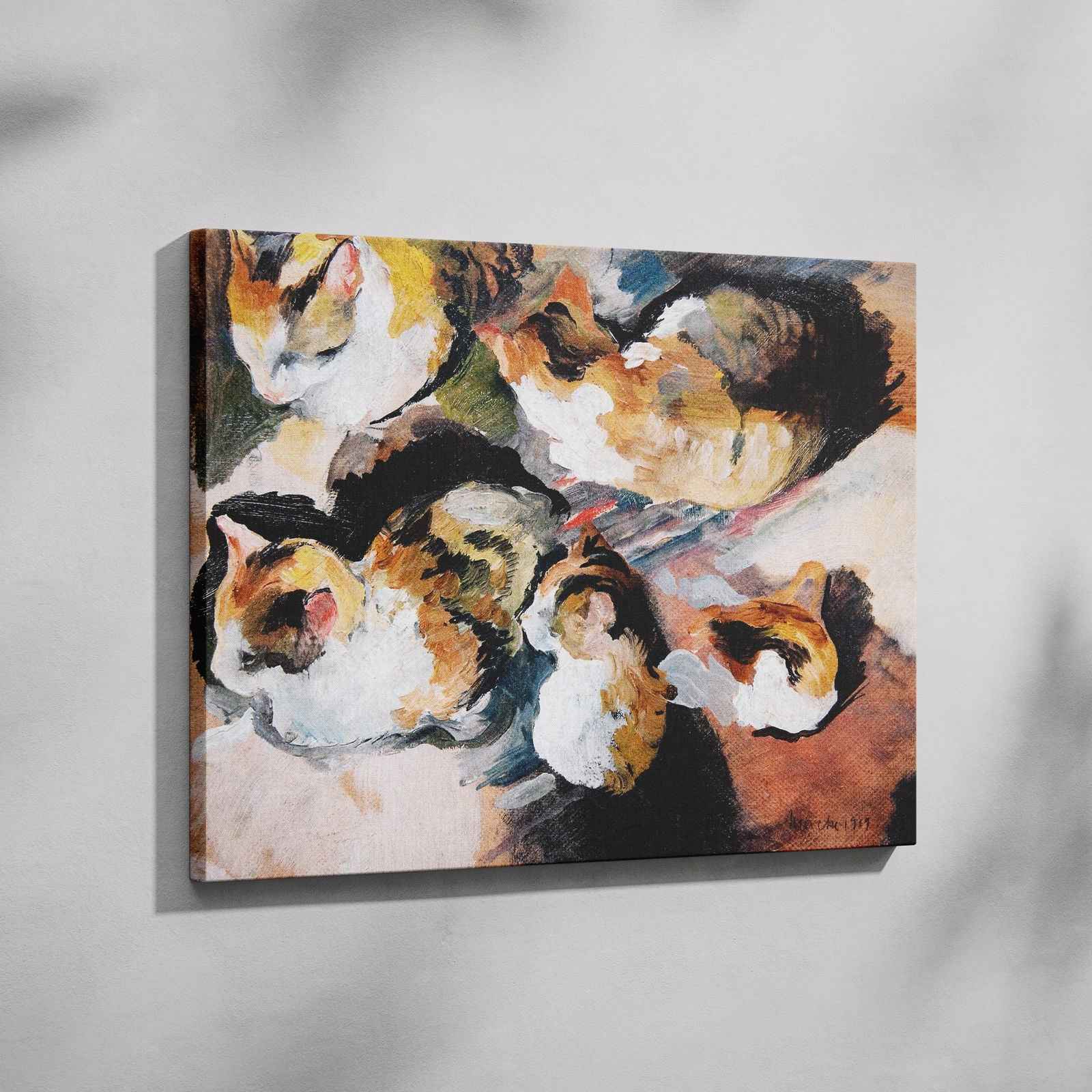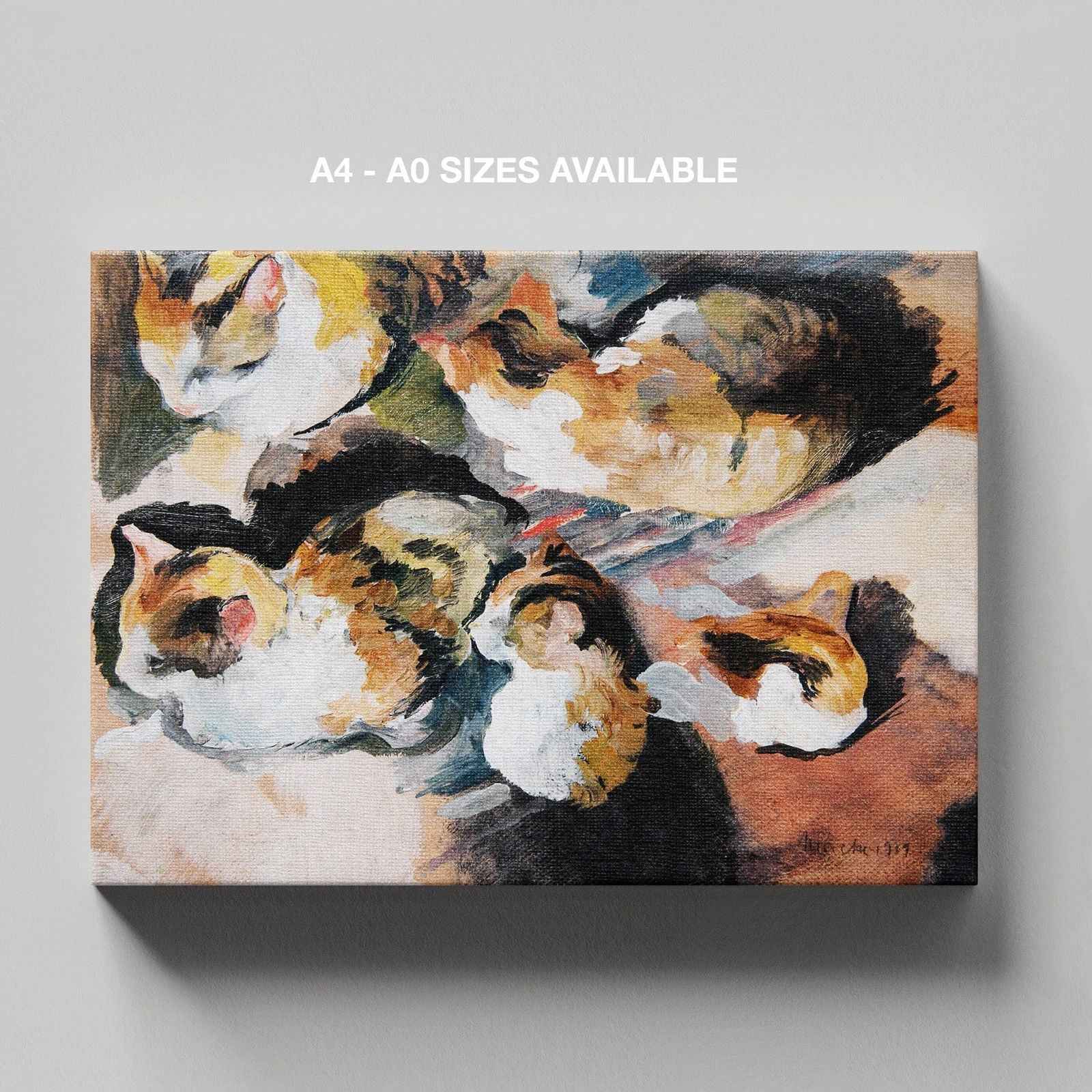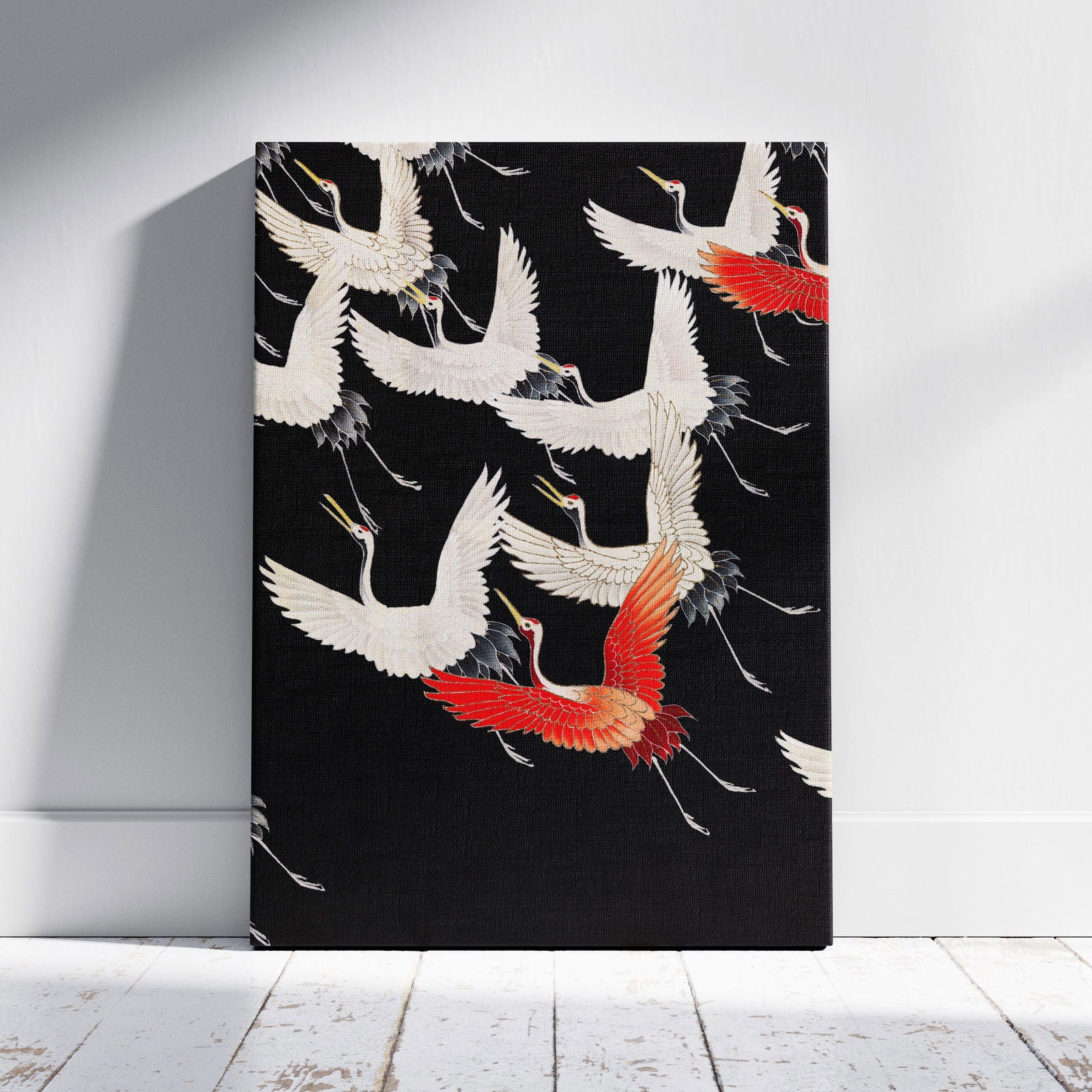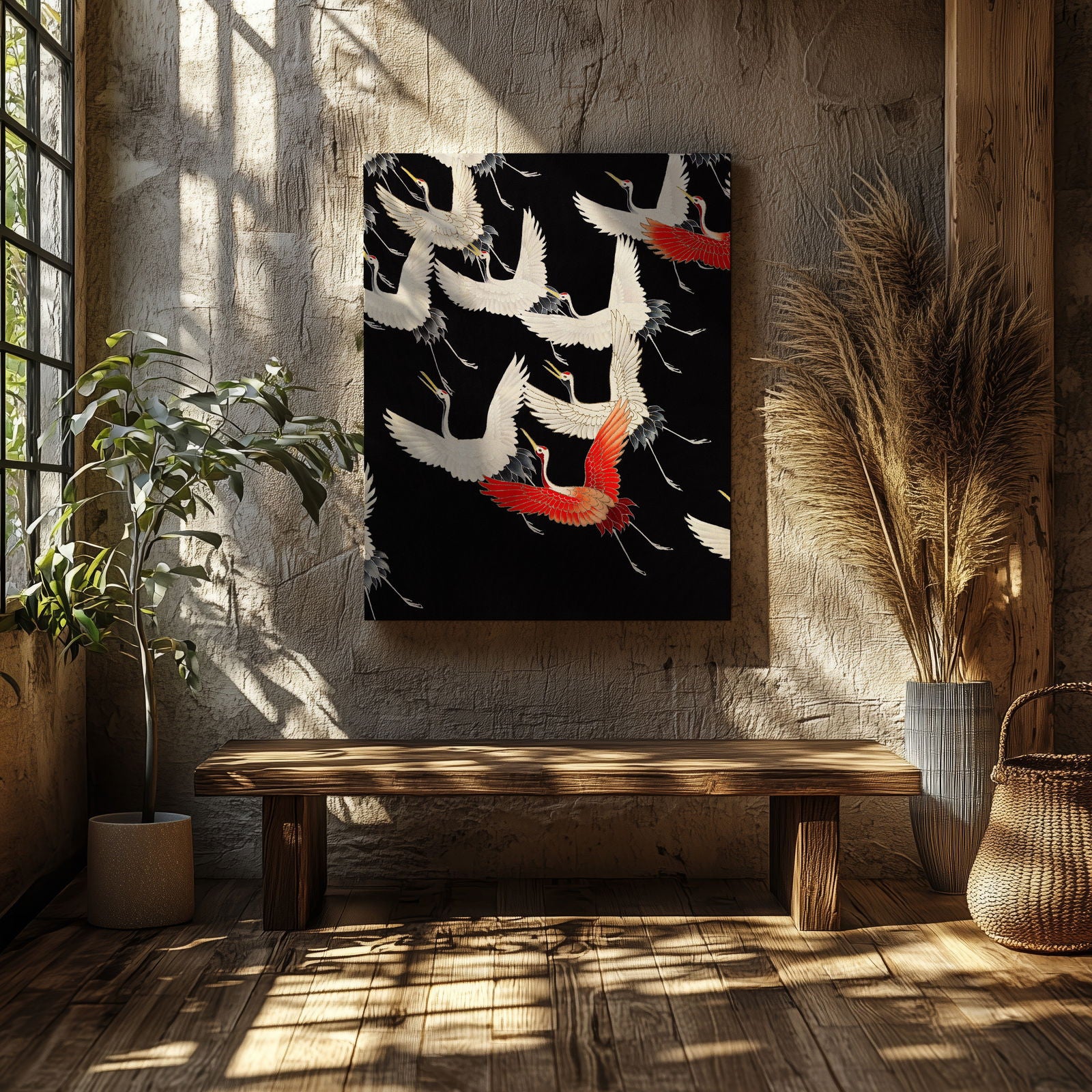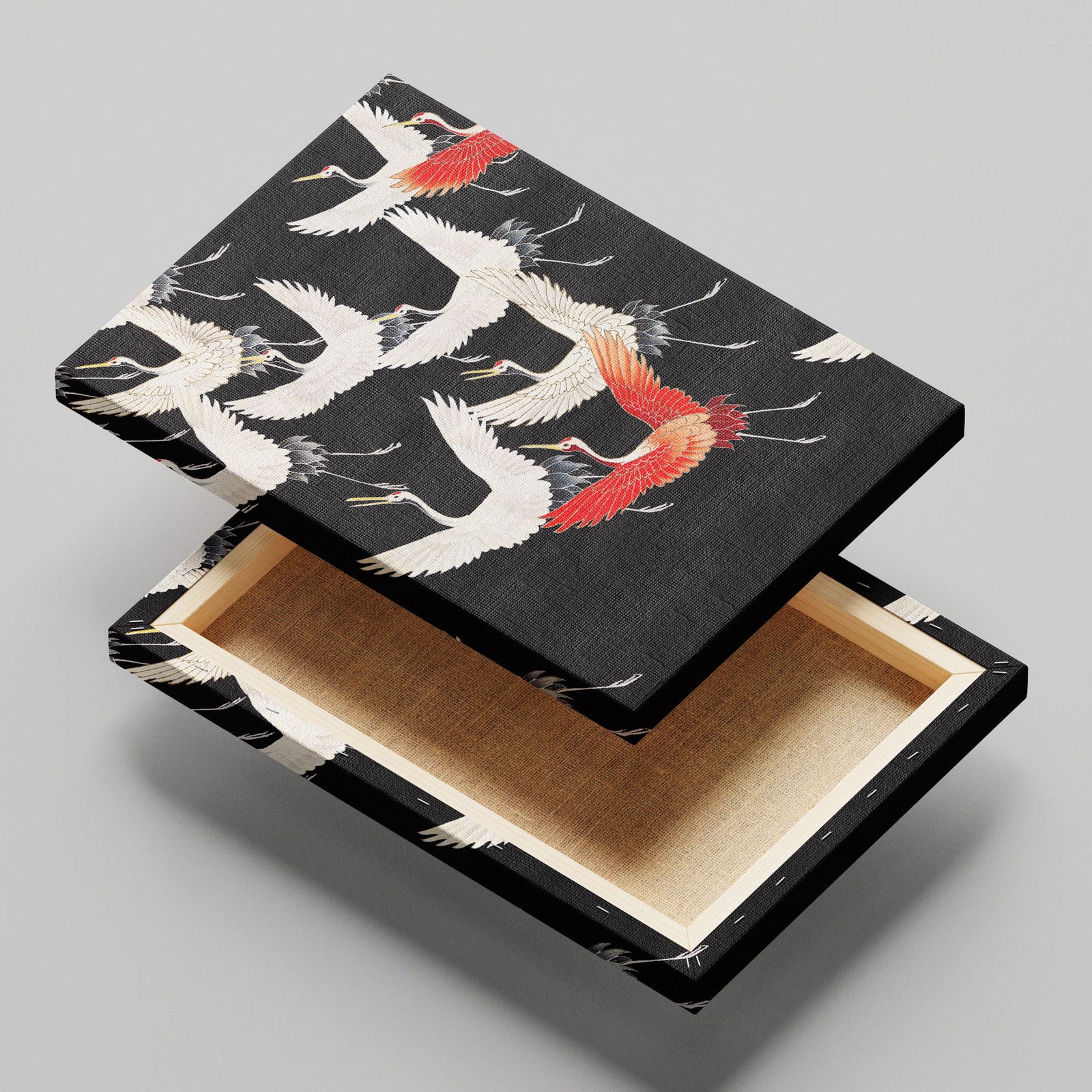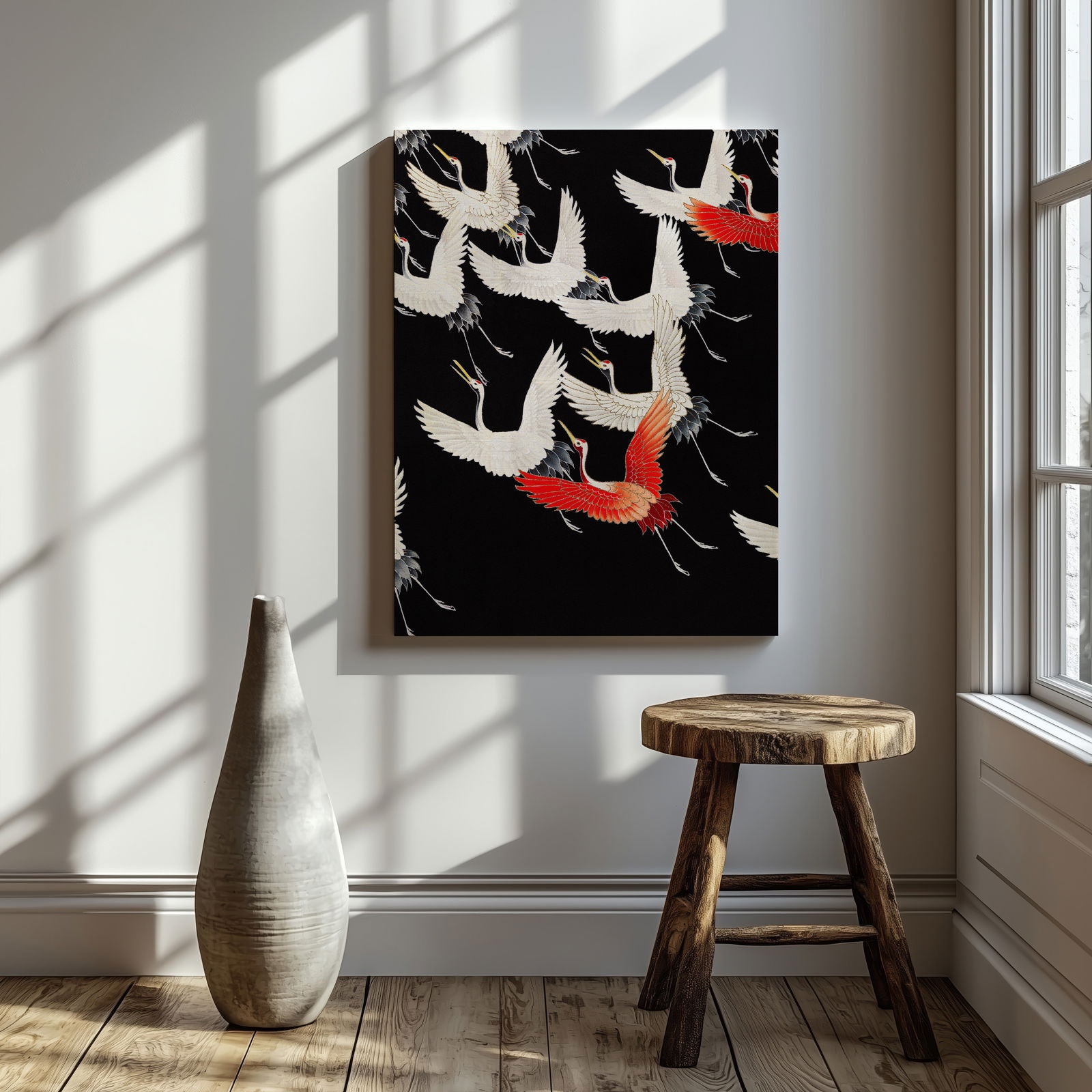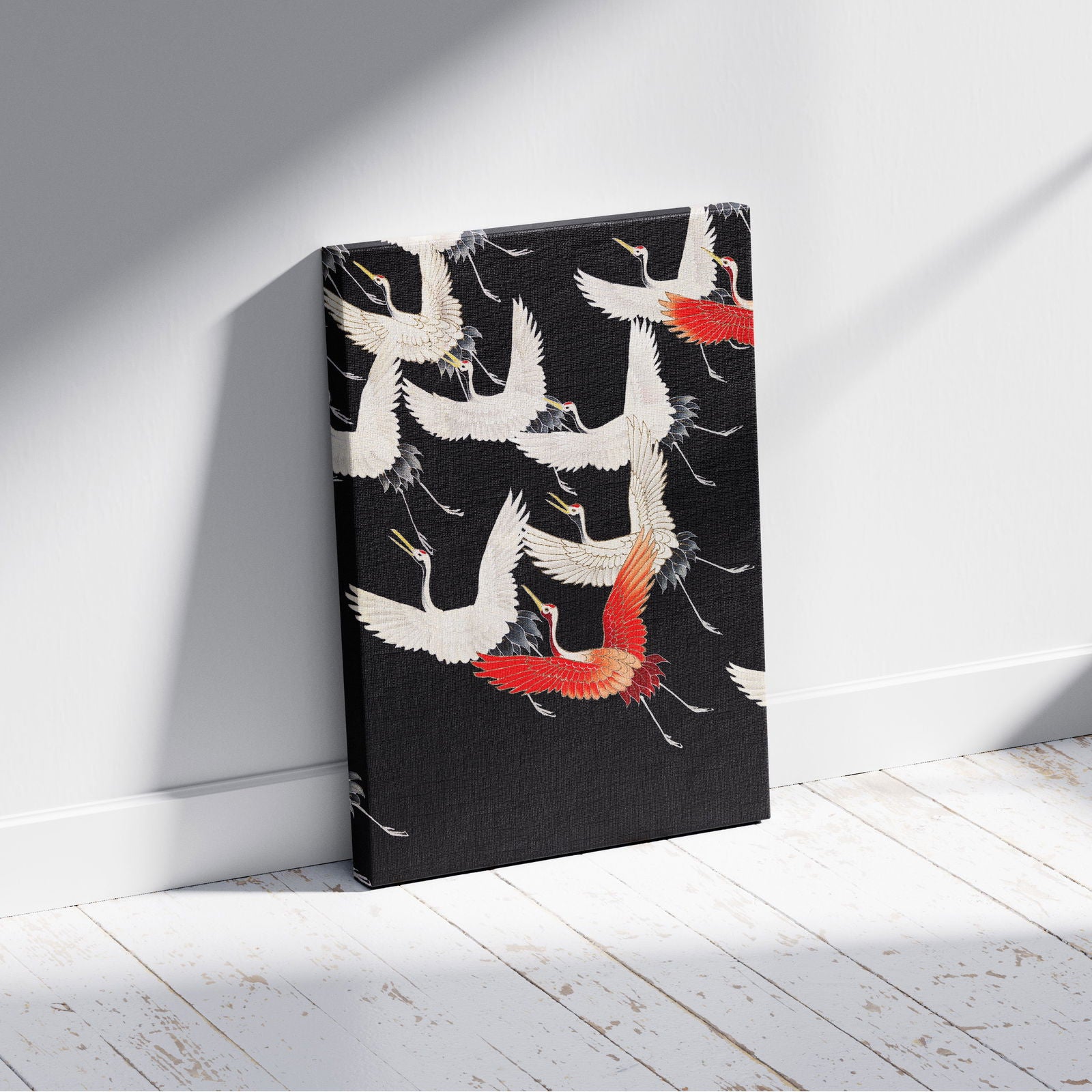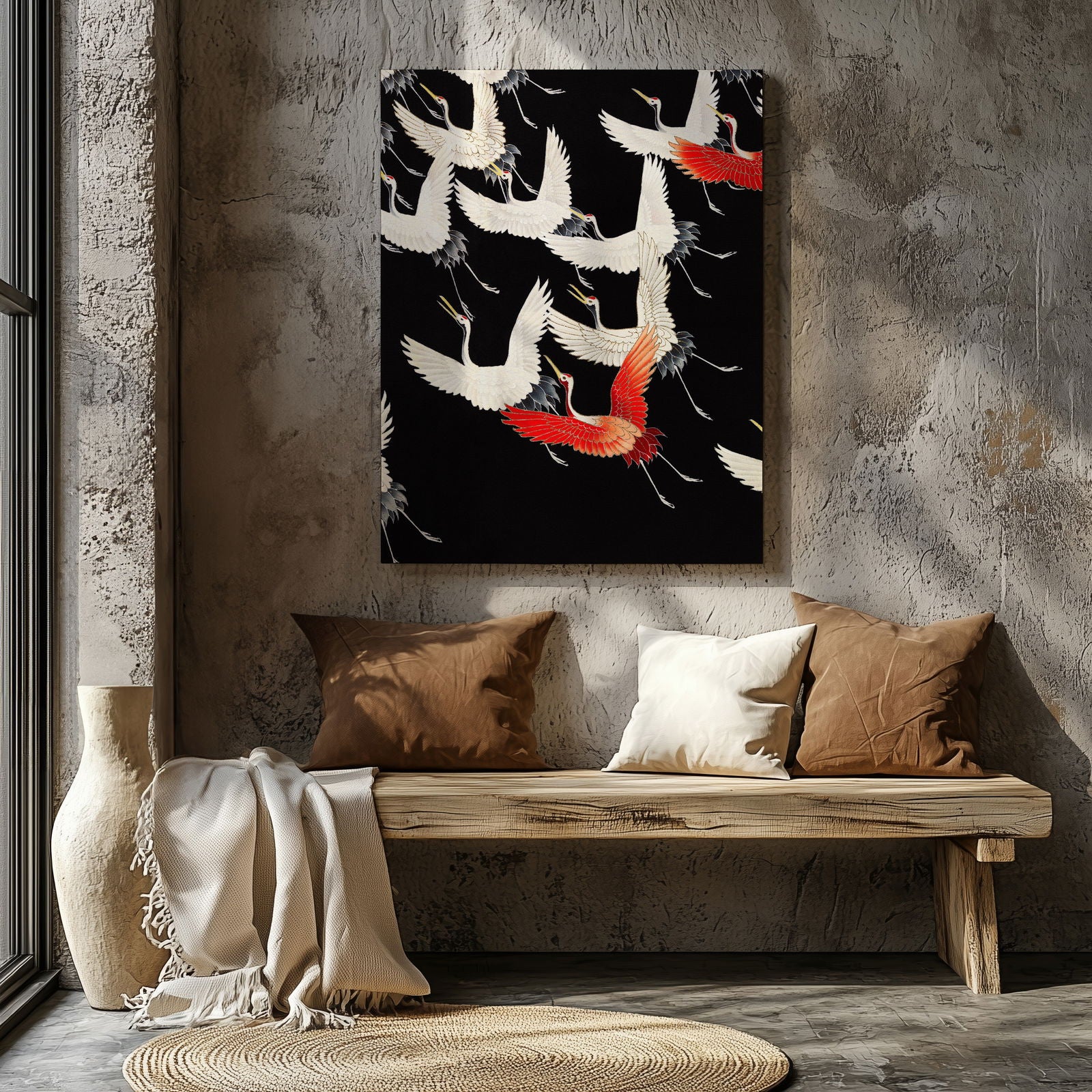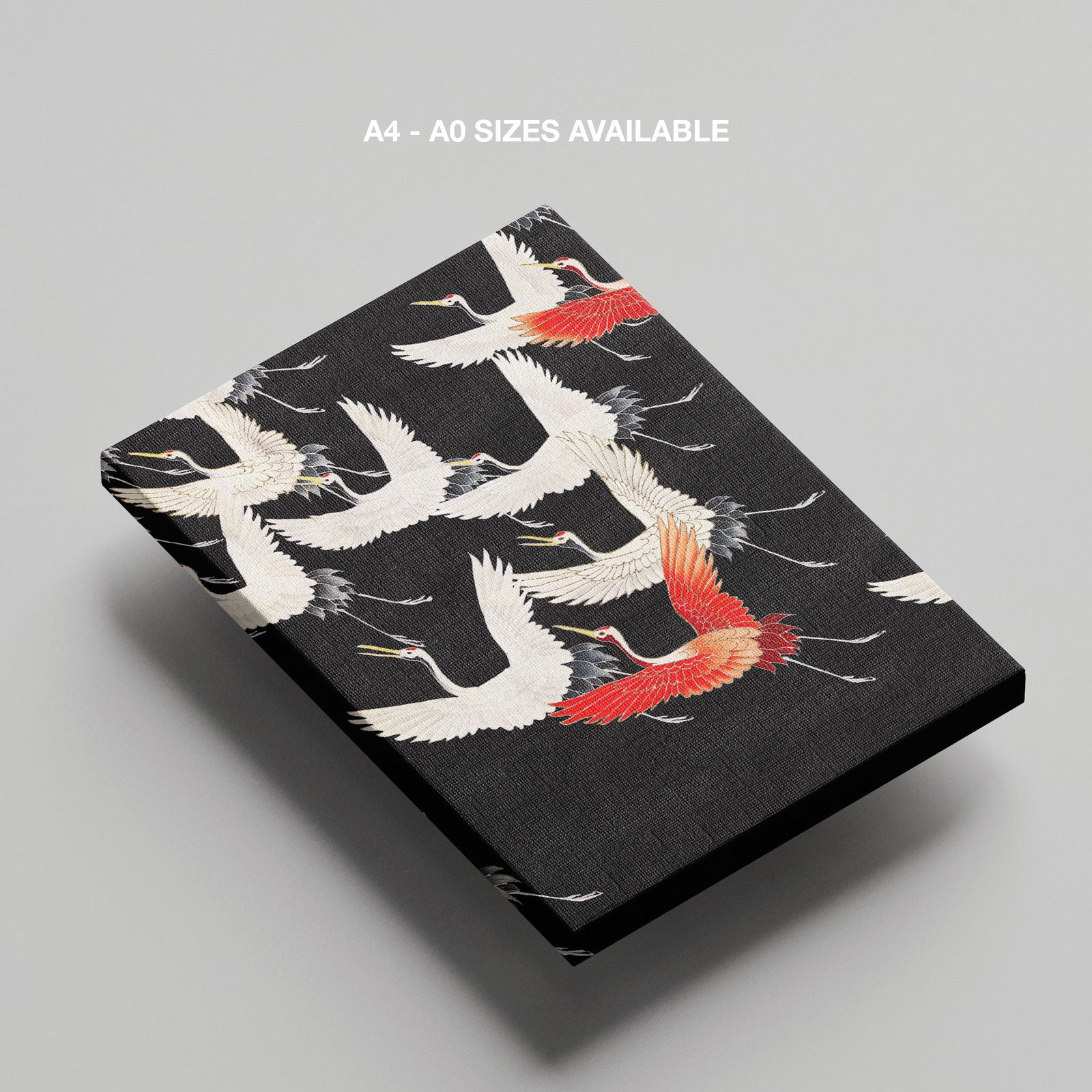Table of Contents
-
- Will AI Replace Artists?
- Understanding the Role of AI in Art
- Defining Artificial Intelligence in the Artistic Context
- The Intersection of Creativity and Technology
- The Capabilities of AI in Art Creation
- AI and the Artistic Process
- The Limitations of AI in Art
- The Impact of AI on Artists and the Art Industry
- How AI is Changing the Art World
- The Future of Artists in the Age of AI
- Ethical Considerations of AI in Art
- The Potential Future of AI and Art
- Preparing for a Future with AI in Art
- Final Thoughts
Will AI Replace Artists?
Art has always been a reflection of the human imagination, serving as a testament to our creativity and our ability to communicate complex emotions. Throughout history, art has evolved alongside technological advancements, but never before have we faced a tool as transformative as artificial intelligence.
As AI enters the creative process, it raises pressing questions:
- Are artists at risk of being replaced?
- Can a machine truly replicate the essence of human artistry?
By examining AI’s role in the art world, we can better understand its potential impact on artists and the industry, as well as its limitations.

Understanding the Role of AI in Art
Before exploring the intricate relationship between AI and art, it’s important to clarify what artificial intelligence means in this context. At its core, AI is the simulation of human intelligence in machines, enabling them to think, learn, and perform tasks. In the art world, this translates to tools that assist artists in enhancing their creative process, generating new ideas, or even creating entirely new artworks. AI doesn’t just imitate; it can analyse patterns, suggest novel techniques, and unlock creative avenues that might otherwise remain unexplored. It’s a dynamic partner in innovation rather than a standalone creator.
Defining Artificial Intelligence in the Artistic Context
When applied to art, AI involves algorithms and machine learning that generate, analyse, or modify artistic content. These systems process vast datasets to produce unique creations, from digital paintings to music compositions. For instance, an artist seeking inspiration might use AI to explore techniques outside their expertise. By studying art history and synthesising styles, AI offers fresh perspectives and innovative suggestions. This synergy of human creativity and AI’s computational power fosters a collaborative process that has the potential to redefine artistic boundaries.
The Intersection of Creativity and Technology
While AI introduces technical capabilities that were previously unimaginable, creativity remains a deeply human quality. Art is a medium for expressing emotions, experiences, and perspectives—elements that AI cannot authentically replicate. An AI-generated artwork might be visually stunning, but it lacks the emotional depth and intentionality that human artists bring to their work. The fusion of human creativity with AI’s analytical abilities creates opportunities for experimentation, allowing artists to push the limits of traditional practices and engage audiences in novel ways.

The Capabilities of AI in Art Creation
AI’s potential to revolutionise art creation lies in its ability to expand possibilities and spark new ideas. By analysing patterns and learning from existing artworks, AI can generate new pieces that mimic specific styles or techniques. This capability is invaluable for artists exploring unfamiliar directions. For example, feeding an AI system with van Gogh’s works enables it to replicate his brushstrokes and colour choices, creating new pieces that blend the artist’s signature style with a contemporary twist. AI also helps artists break free from creative blocks by suggesting unexplored paths or concepts.
AI and the Artistic Process
Beyond imitation, AI has the potential to act as a creative partner. Artists can input rough ideas or sketches into an AI system, which then generates alternative interpretations or variations. This iterative collaboration can lead to surprising and innovative outcomes, broadening the scope of what art can achieve. Additionally, AI aids in technical challenges, such as perfecting lighting effects or achieving specific visual styles. By handling these intricate tasks, AI allows artists to focus on the conceptual and emotional aspects of their work.

The Limitations of AI in Art
Despite its impressive capabilities, AI-generated art lacks the human touch that resonates deeply with audiences. Art is inherently personal, shaped by an artist’s emotions, experiences, and cultural context. AI cannot replicate this individuality, as it lacks the ability to feel or experience life. While AI might excel at creating visually appealing works, it struggles to imbue them with the intentionality and narrative depth that characterise human art. Rather than replacing artists, AI serves as a tool that complements and enhances their creative process.
The Impact of AI on Artists and the Art Industry
AI’s presence is undeniably transforming the art world, introducing new opportunities and challenges for artists. While some fear that AI could devalue traditional artistry, others view it as a catalyst for innovation. Artists who embrace AI as a tool can unlock new forms of expression, create interactive and immersive experiences, and reach broader audiences. The industry itself is also evolving, with AI reshaping curation, analysis, and art education by providing deeper insights into artistic trends and histories.

How AI is Changing the Art World
AI’s accessibility has democratised art creation, allowing individuals without formal training to experiment with artistic tools. This levelling of the playing field fosters inclusivity and broadens the definition of who can be considered an artist. Meanwhile, established artists can use AI to create groundbreaking works that blend traditional and digital techniques. Interactive installations, multimedia projects, and AI-generated performances are just a few examples of how technology is expanding the boundaries of art.
The Future of Artists in the Age of AI
The rise of AI presents both challenges and opportunities for artists. Those who adapt to this new landscape can leverage AI to expand their creative toolkit, experiment with novel ideas, and connect with audiences in innovative ways. By combining their unique vision with AI’s capabilities, artists can produce works that resonate on a deeper level. The key lies in balancing technological integration with a commitment to preserving the authenticity of human creativity.
Ethical Considerations of AI in Art
As AI becomes more prominent, ethical questions surrounding its use in art demand attention. Issues such as copyright, ownership, and originality are at the forefront of these debates. Who owns the rights to an AI-generated artwork—the artist, the programmer, or the AI itself? Furthermore, concerns about AI devaluing human artistry and monopolising creative spaces raise important discussions about the future of the art industry. Addressing these challenges requires thoughtful regulation and collaboration among artists, technologists, and policymakers.
The Potential Future of AI and Art
As AI technology continues to advance, its role in the art world will undoubtedly grow. Experts predict that AI will become an integral part of the creative process, assisting with everything from preliminary sketches to fully realised compositions. The synergy between human ingenuity and AI’s computational power will drive the evolution of art, resulting in new forms and mediums. Artists who embrace this partnership will be well-positioned to thrive in an increasingly digital world.
Preparing for a Future with AI in Art
To navigate this future, artists and industry professionals must adapt by developing new skills and embracing technology. This might involve learning to work with AI tools, exploring digital platforms, or collaborating with technologists. By staying true to their artistic vision while integrating AI’s capabilities, artists can ensure that their work remains relevant and impactful in a rapidly changing landscape.

Final Thoughts
While AI’s influence on the art world is undeniable, it is unlikely to replace artists entirely. Instead, it offers a unique opportunity for collaboration, pushing the boundaries of creativity and broadening the scope of artistic expression. The future of art lies in the harmonious integration of human creativity and AI innovation, ensuring that the essence of art—its ability to move, inspire, and connect—remains intact.
If you’re looking for art designed ready to elevate your space, why not explore our collection of Framed Canvas Art and Rolled Poster Prints! Whether you're looking for a striking abstract piece, a serene landscape, or a bold pop art print, we have something to suit every taste and home interior style.
Browse our selection today and find the perfect pieces to transform your home into a true reflection of your personal style. Don’t wait—bring your walls to life with art that speaks to you!
-----------------------
The Team at House Prints
